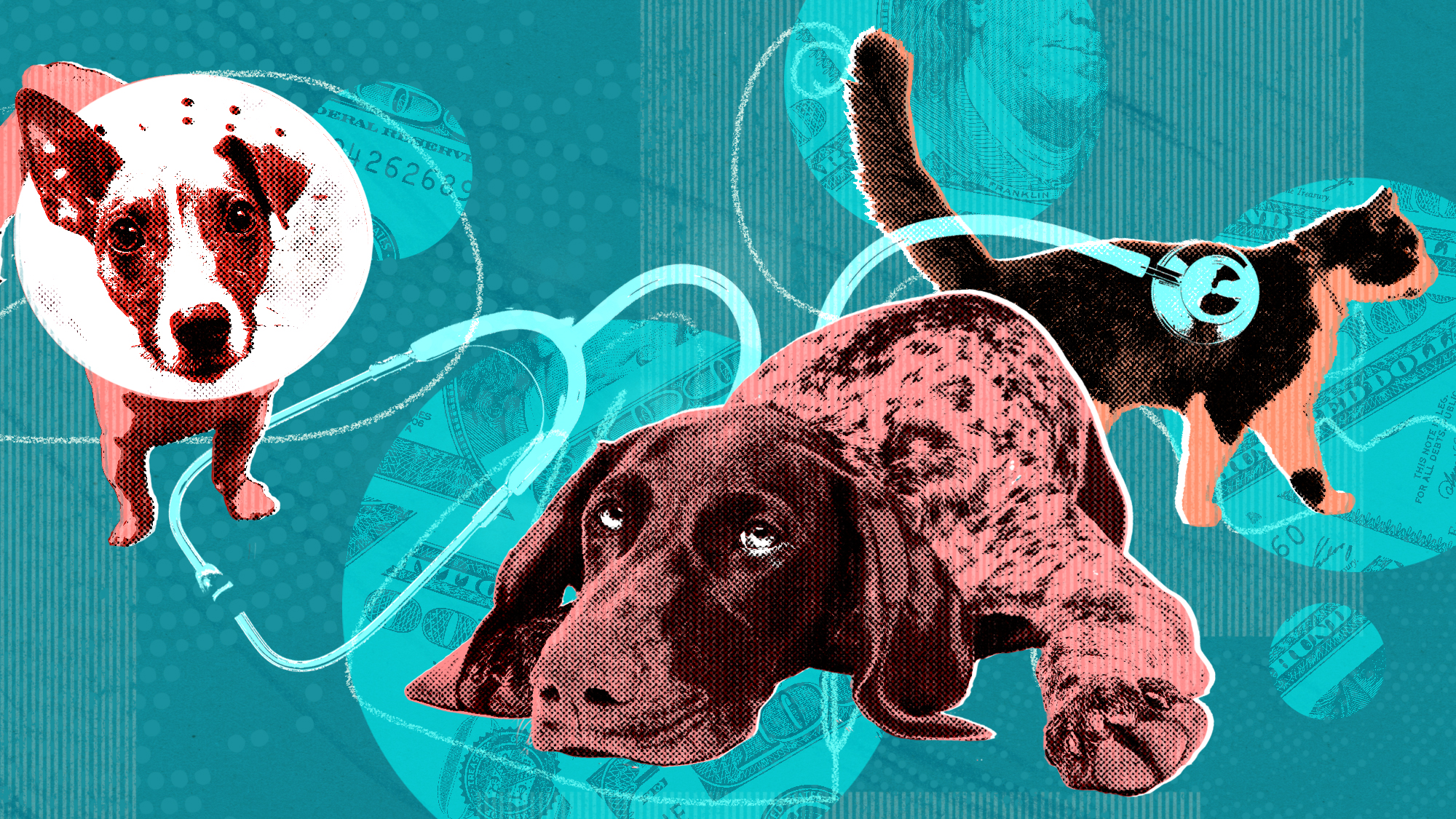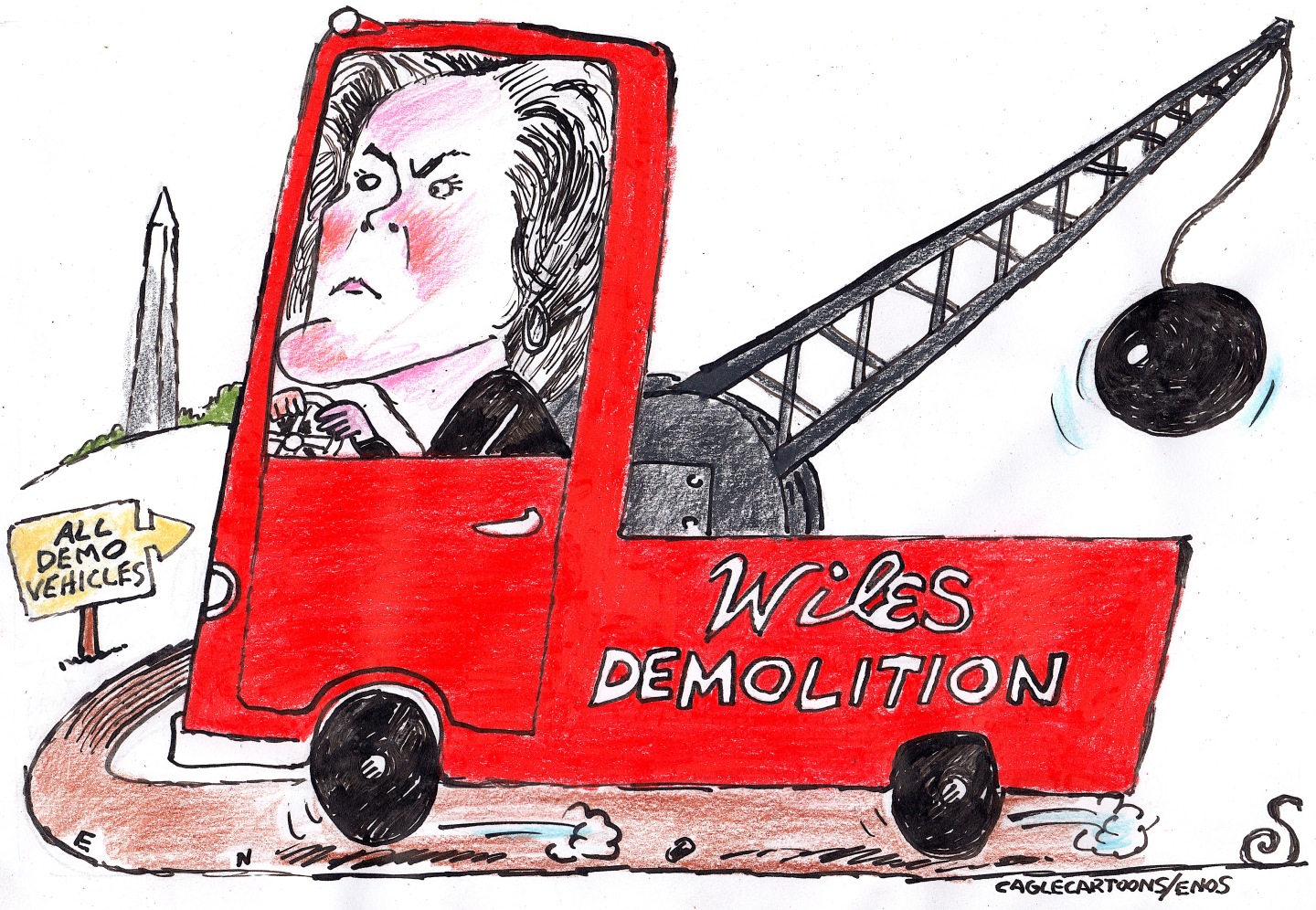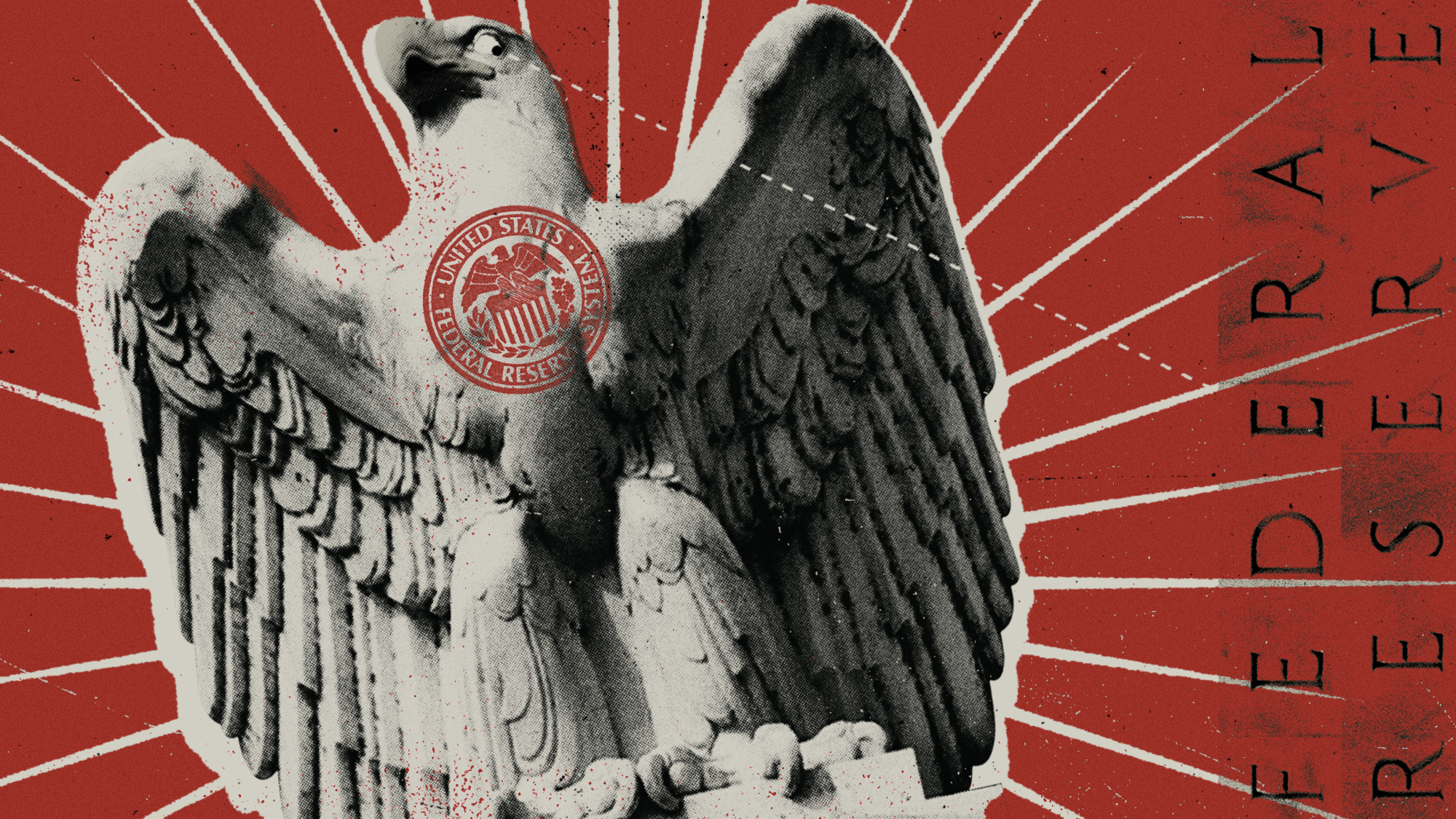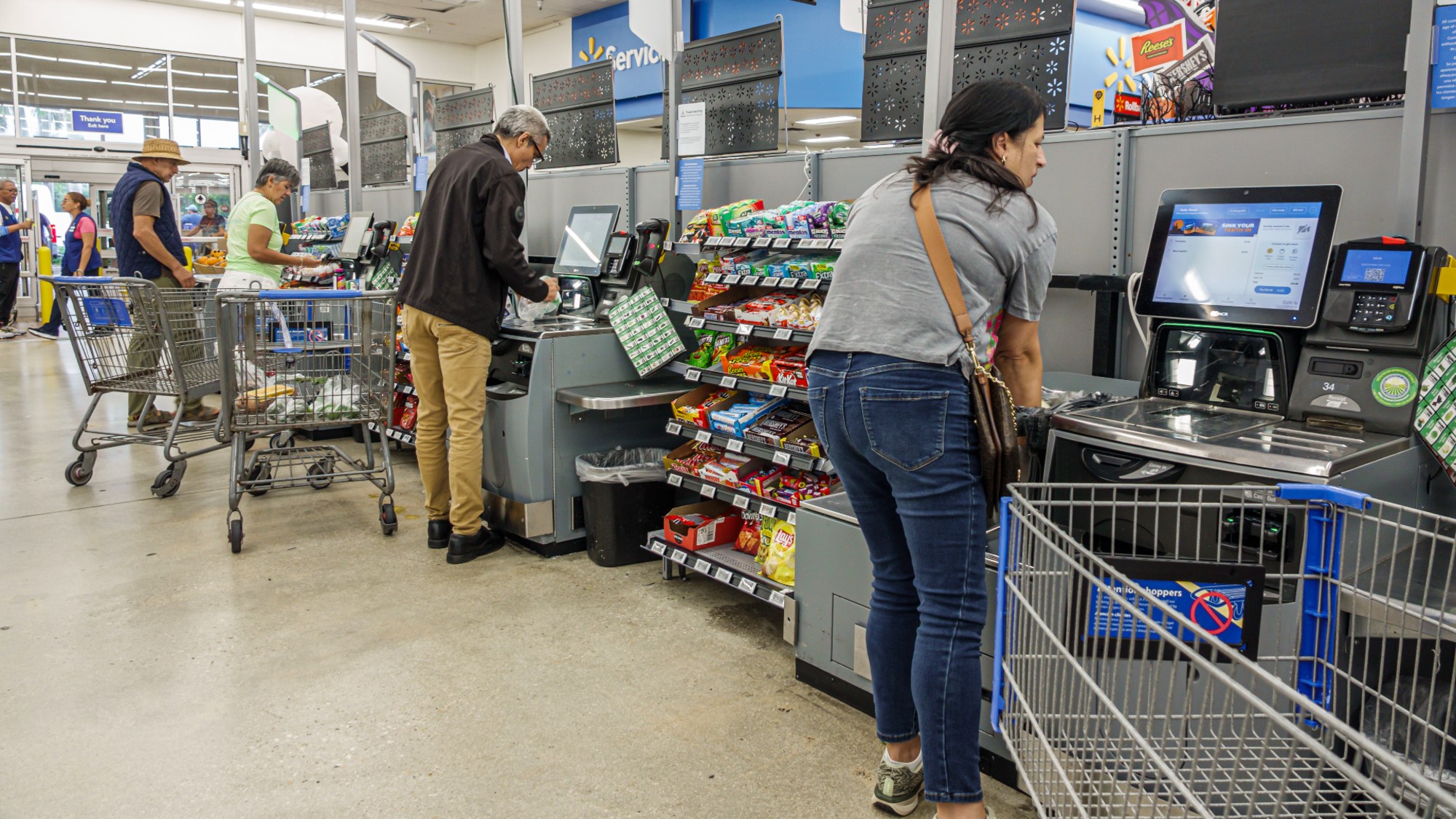Rising costs are making it harder for people to afford pets
Shelters are filling up as a result


While the consequences of inflation are obvious at the grocery store or gas pump, there’s another victim of rising costs that people may not expect: man’s best friend. Pets are increasingly becoming harder for people to afford, according to recent reports. As a result, animal shelters across the U.S. are filling up. But experts say pet insurance may offer a lifeline for Americans who want a furry friend but are struggling with the cost.
Why are pets becoming harder to afford?
There are a variety of factors, but it mostly comes down to the everyday cost of products for the animal, as well as veterinary care. If you “go into having a pet and don’t give serious thought about the cost, you’re doing yourself and your pet a disservice,” Matt Schulz, the chief consumer finance analyst at LendingTree, told USA Today. Several reports “point to a sobering conclusion: Maybe pets are only for the rich.”
One analysis shows that, to a degree some people might not grasp, pets are getting more expensive; the “average lifetime care for pets is approximately $35,000 for a 10-year-old dog and $32,000 for a 16-year-old cat,” said a report from pet care company Rover. The price for services like veterinary care and grooming in 2025 “are 42% higher versus 2019, compared to a rise of 22% for pet food and treats,” said a Bank of America Institute report.
The Week
Escape your echo chamber. Get the facts behind the news, plus analysis from multiple perspectives.

Sign up for The Week's Free Newsletters
From our morning news briefing to a weekly Good News Newsletter, get the best of The Week delivered directly to your inbox.
From our morning news briefing to a weekly Good News Newsletter, get the best of The Week delivered directly to your inbox.
Many Americans are also feeling the pain in their wallet. Over a fifth of pet owners, 22%, have at least $2,000 in pet-related debt, according to a survey from MetLife Pet Insurance. Some have gone to drastic lengths, too, as 58% of pet owners admitted to “skipping meals out to afford their pet’s needs.” All of this means that more animals are being left in shelters; an “estimated 5.8 million animals filled up facilities last year,” and while there “was a 1% decrease in shelter intakes from 2023 to 2024, the levels remain high,” said NBC News.
Can pet insurance help?
To a certain extent, yes. Pet insurance “promises to assist with rising vet bills, by covering at least part of your pet’s medical expenses for a monthly premium,” said Money. But there are caveats, as the “accumulated cost of those premiums, along with other policy costs and restrictions, make it far from certain that pet parents will save overall by insuring their animals.”
There are also certain expenses that most pet insurance companies will not cover. Most of the “initial medical costs of getting a pet are out of scope for a regular pet insurance policy,” said Money. This includes procedures like “neutering and spaying and vaccinations.” Preexisting conditions also play a large factor, as any health concerns that “appeared in your pet before you purchased your policy or during your policy’s waiting period are generally excluded.”
Despite this, most financial experts still recommend pet insurance as a worthwhile investment. Pet insurance “could save the life of an animal that would otherwise be euthanized if its owner couldn’t afford treatment,” said NerdWallet. Insurance “can be a godsend if your pet is facing an expensive diagnosis,” even if “your plan likely won’t reimburse every dollar you spend at the vet.”
A free daily email with the biggest news stories of the day – and the best features from TheWeek.com
Justin Klawans has worked as a staff writer at The Week since 2022. He began his career covering local news before joining Newsweek as a breaking news reporter, where he wrote about politics, national and global affairs, business, crime, sports, film, television and other news. Justin has also freelanced for outlets including Collider and United Press International.
-
 5 fairly vain cartoons about Vanity Fair’s interviews with Susie Wiles
5 fairly vain cartoons about Vanity Fair’s interviews with Susie WilesCartoon Artists take on demolition derby, alcoholic personality, and more
-
 Joanna Trollope: novelist who had a No. 1 bestseller with The Rector’s Wife
Joanna Trollope: novelist who had a No. 1 bestseller with The Rector’s WifeIn the Spotlight Trollope found fame with intelligent novels about the dramas and dilemmas of modern women
-
 Codeword: December 20, 2025
Codeword: December 20, 2025The daily codeword puzzle from The Week
-
 The longevity economy booms as people live longer
The longevity economy booms as people live longerThe Explainer The sector is projected to reach $27 trillion by 2030
-
 How will China’s $1 trillion trade surplus change the world economy?
How will China’s $1 trillion trade surplus change the world economy?Today’s Big Question Europe may impose its own tariffs
-
 Texas is trying to become America’s next financial hub
Texas is trying to become America’s next financial hubIn the Spotlight The Lone Star State could soon have three major stock exchanges
-
 Employees are branching out rather than moving up with career minimalism
Employees are branching out rather than moving up with career minimalismThe explainer From career ladder to lily pad
-
 Who will be the next Fed chair?
Who will be the next Fed chair?Today's Big Question Kevin Hassett appears to be Trump’s pick
-
 Why is crypto crashing?
Why is crypto crashing?Today's Big Question The sector has lost $1 trillion in value in a few weeks
-
 How could worsening consumer sentiment affect the economy?
How could worsening consumer sentiment affect the economy?Today’s Big Question Sentiment dropped this month to a near-record low
-
 Musk wins $1 trillion Tesla pay package
Musk wins $1 trillion Tesla pay packageSpeed Read The package would expand his stake in the company to 25%
